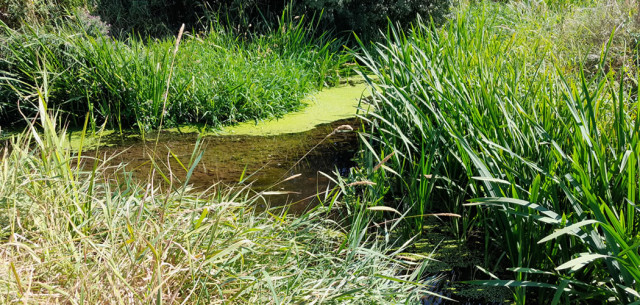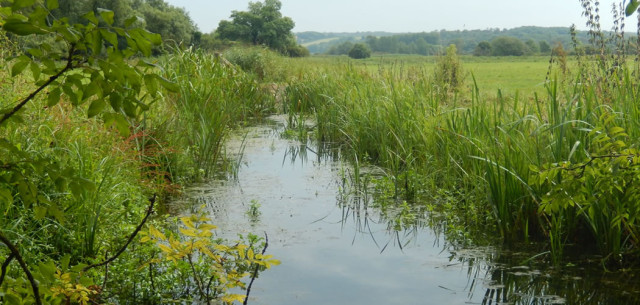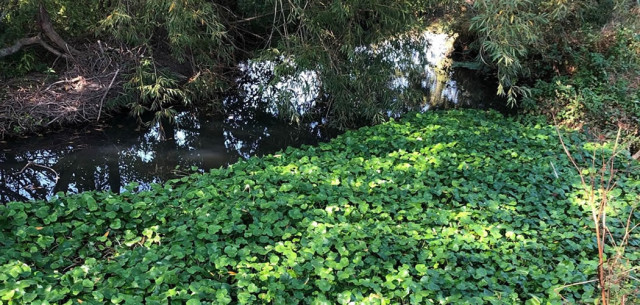
February 14th, 2024
Tribute to John Whiting
It was with deep sadness, that the Board of ARRT and staff learnt that former Trustee John Whiting died on 26 December 2023. John was a Trustee of ARRT for over a decade, his hard work, expertise...

April 3rd, 2023
Tribute to ARRT Trustee John Archer
John Archer, who died in February, served as a Trustee of ARRT since it was formed eleven years ago. He fulfilled many roles in making the Trust into the force that it is today. As a very kind and...

November 1st, 2022
Aldingbourne Rife Project
Improving and Protecting the Aldingbourne Rife
The Aldingbourne Rife is a vitally important wildlife corridor that connects the South Downs National Park to the Chichester
Coastal Plain, providing...

November 12th, 2021
Surveying The Arun
Part of our Upper Arun River Revival project is to survey the River Arun from its source, north of Horsham, ~50km downstream to Pallingham which is the tidal extent of the river. The surveys...






